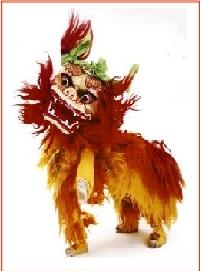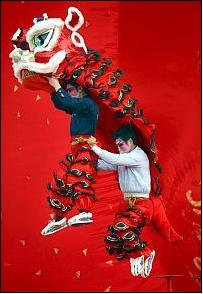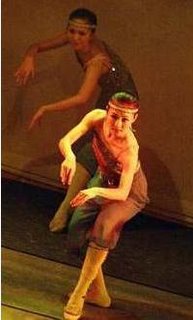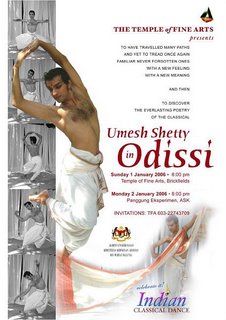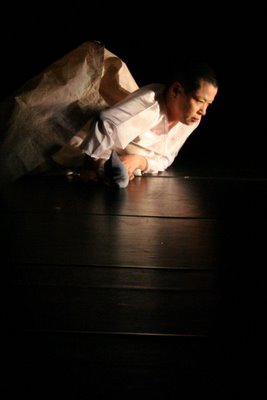
Watching polio victim Manri Kim perform revealed how far a person can go to overcome bodily limitations.
Kim, the founder of Taihen, a performing arts troupe for the disabled from Japan, was in Kuala Lumpur last week to conduct a three-day workshop and perform My Mother at the Kuala Lumpur Performing Arts Centre.
Taihen is modified from the Japanese word hentai, meaning “queer”. But it stands for “metamorphosis”. The company was formed in 1983.
Kim finds that the disabled body has expressions that no other can create. She creates movements and expressions that she and fellow disabled performers can use.
She also enlists the help of attendants known as kuroko, or backstage staff, to carry performers and props onto and out of the stage.
My Mother is one of 49 works created by Kim. It is a symbolic piece to express her longing for her deceased mother and is an attempt to carry within her her mother’s soul. Her mother, Honju, was the most valuable asset in Korean classical music and dance but a tide of fate brought her to Japan.
The piece that Kim performed was dark, as if she understood only too well the cruel twists of life. In the beginning, the hall was pitch black – and it stayed that way long enough for the audience to feel claustrophobic. A head and two squirming hands that then appeared under a dim spotlight had a scary effect.
It got more painful to watch as more of the body crawled out from beneath the black curtain. The pain came from the realisation that the distortions of the dancer’s body are real and her expressions of angst are a natural reflection of that distortion.
Gradually, the whole body was revealed. Anyone with less than the desired figure dictated by the fashion industry would be conscious of her body. But here, Kim’s distortions were displayed in full view of the audience, and quite unabashedly too.
To move, she used momentum and body weight. This got her moving forward in a crawl, rolling around the stage, and shifting direction when in a sitting position. She used her hands to shift her legs around.
The “unfeeling” (disabled) parts of the body followed the “feeling” (normal) parts. The inevitable movement of the “unfeeling” part, as Kim showed, is connected to one’s inner-most life. What stirs will also move.
During the whole performance, we saw her transform from a baby to a Korean drum dancer, to a bride in a gown. Perhaps these were flashbacks of her mother’s life. Whatever their premise, the transformations were repeatedly startling.
The last and most touching scene saw Kim wearing a simple wedding gown with a pale yellow flower on her head. Her expression was full of hope and longing, for all the could-have-beens in her life. She, too, wants a happily-ever-after.
Dressed in the wedding gown, her visual reference "as beautiful as a bride”, cannot be more resonant with her emphasis that even distorted bodies have their own beauty.

(Pix: KLPac)
